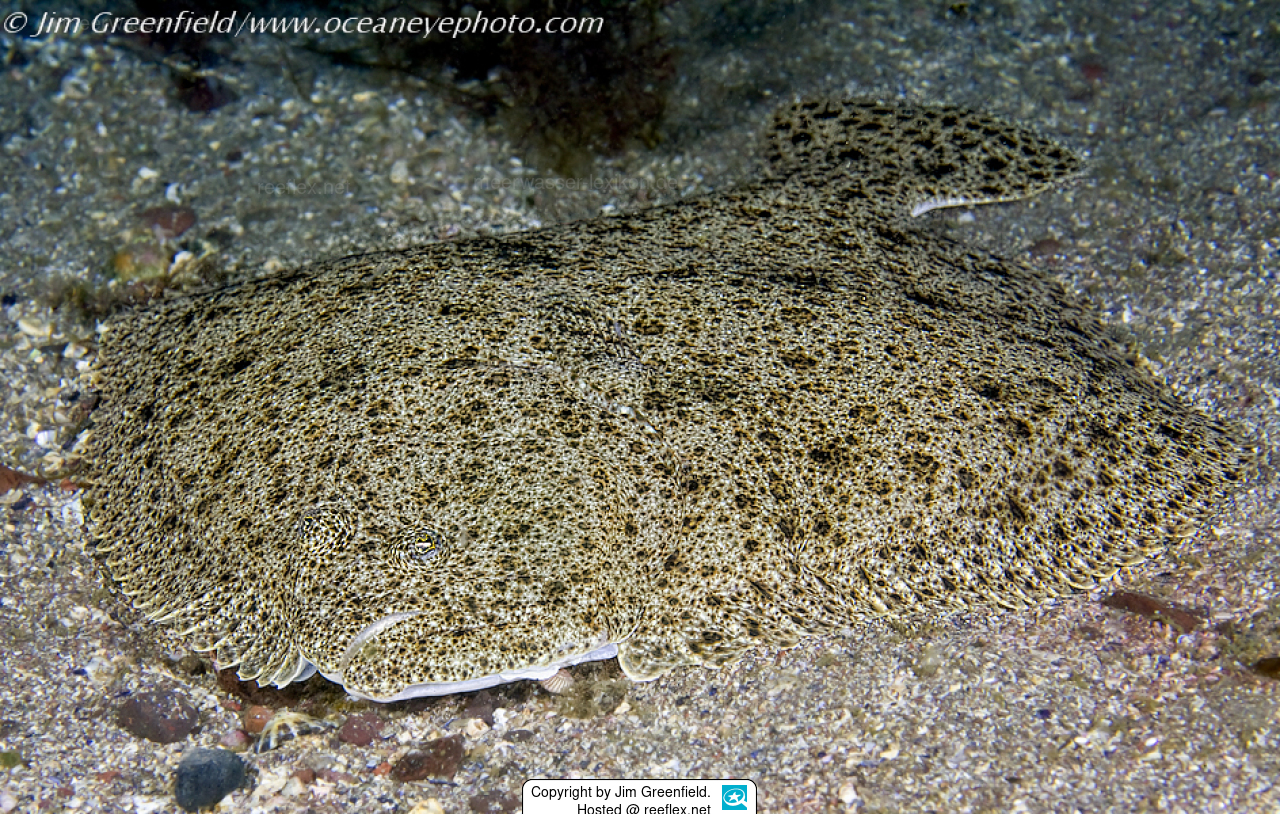Info
Synonyms:
Pleuronectes cyclops Donovan, 1806
Pleuronectes maximus Linnaeus, 1758
Pleuronectes turbot Lacepède, 1802
Psetta maxima (Linnaeus, 1758)
Psetta maxima maxima (Linnaeus, 1758)
Rhombus aculeatus Gottsche, 1835
Rhombus magnus Minding, 1832
Rhombus maximus (Linnaeus, 1758)
Rhombus stellosus Bennett, 1835
Scophthalmus ponticus Ninni, 1932







 Jim Greenfield, Großbritannien
Jim Greenfield, Großbritannien



